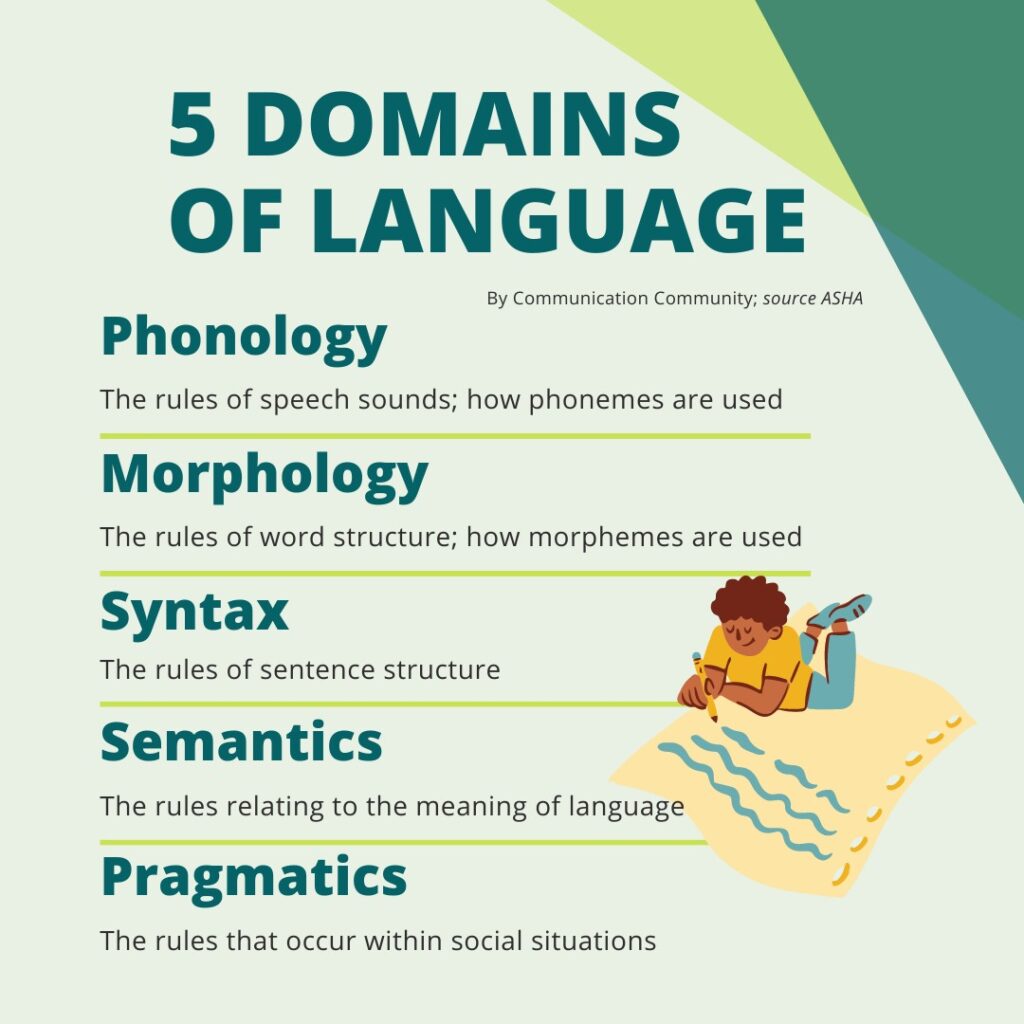
Morphology, syntax, semantics, and pragmatics are crucial components of linguistics, collectively contributing to our understanding of language structure and use.
Morphology:
Morphology is the study of the structure and formation of words. It delves into morphemes, the smallest units of meaning, and their combinations. Morphological analysis involves understanding how affixes, roots, and stems come together to create words. For instance, in the word “unhappiness,” “un-” is a prefix, “happy” is the root, and “-ness” is a suffix.
Syntax:
Syntax focuses on the arrangement and structure of words to form grammatically correct sentences. It explores how words combine to create phrases, clauses, and sentences. Sentence structure, word order, and grammatical rules fall under the realm of syntax. For example, in English, the subject-verb-object order is common, as seen in “The cat (subject) chased (verb) the mouse (object).”
Semantics:
Semantics is concerned with meaning in language. It examines how words, phrases, and sentences convey meaning, considering both denotation (literal meaning) and connotation (implied meaning). Semantic analysis involves understanding relationships between words and the interpretation of linguistic expressions. For instance, the words “house” and “home” have related meanings but differ in connotation.
Pragmatics:
Pragmatics investigates the use of language in context, focusing on how meaning is shaped by the speaker, listener, and the situational context. It involves the study of implied meaning, indirect communication, and the impact of cultural and social factors on language use. Pragmatic considerations help interpret sentences like “Can you pass the salt?” where the true intention may be a polite request rather than an actual inquiry.
In summary, morphology explores word structure, syntax examines sentence structure, semantics delves into meaning, and pragmatics considers language use in context. Together, these linguistic subfields provide a comprehensive understanding of how language functions at various levels, from individual words to broader communicative contexts.
Wesley Barrell
